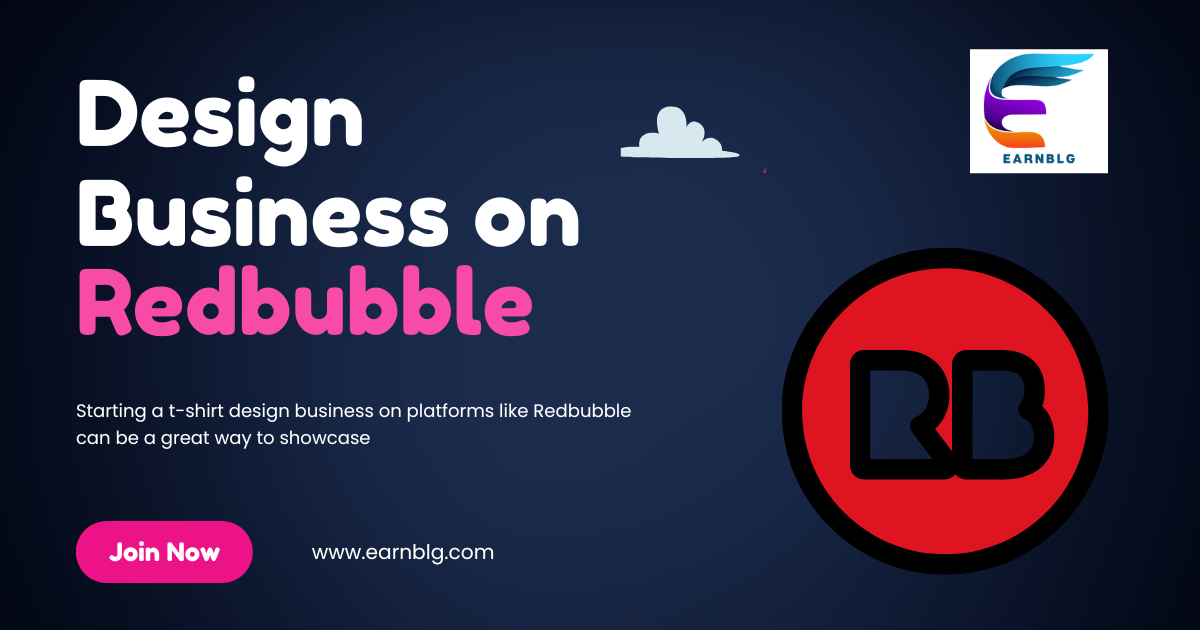Starting a t-shirt design business on platforms like Redbubble can be a great way to showcase your creativity and potentially earn some income. Here’s a step-by-step guide to help you get started in 2023:
1. Market Research and Niche Selection:
- Research current t-shirt design trends and popular themes.
- Identify a niche or theme that aligns with your artistic style and has a potential audience.
2. Create Your Designs:
- Use graphic design software like Adobe Illustrator, Photoshop, or free alternatives like GIMP or Canva.
- Design unique, high-quality graphics that resonate with your chosen niche.
3. Set Up Your Redbubble Account:
- Go to the Redbubble website and sign up for an account as a “Creator.”
- Fill in your profile information and set up your payment details.
4. Prepare Your Designs for Upload:
- Ensure your designs meet Redbubble’s image requirements (dimensions, file formats, etc.).
- Save your designs in high-resolution formats.
5. Upload and Customize Designs:
- Log in to your Redbubble account and click on the “Add New Work” button.
- Upload your designs and choose the products you want to feature them on (t-shirts, hoodies, mugs, etc.).
6. Product Customization:
- Redbubble allows customers to customize products with your designs. Consider how your designs will look on different colors and styles.
7. Product Descriptions and Tags:
- Write clear, engaging product descriptions that highlight the unique aspects of your designs.
- Use relevant tags to help potential customers find your products through Redbubble’s search function.
8. Pricing Your Products:
- Redbubble sets a base price for each product. You can set your markup on top of the base price to determine your earnings per sale.
9. Promote Your Shop:
- Share your Redbubble shop on social media platforms, your personal website, and relevant online communities.
- Engage with your audience and potential customers by posting about your design process and the stories behind your designs.
10. Regularly Update Your Portfolio:
- Keep adding new designs to your Redbubble shop to attract returning customers and keep your shop fresh.
11. Monitor Performance and Adjust:
- Use Redbubble’s analytics to track the performance of your designs and products.
- Adjust your strategies based on which designs are selling well and which ones might need improvement.
12. Protect Your Intellectual Property:
- Make sure your designs are original and don’t infringe on copyrights or trademarks.
- Consider watermarking your design previews to prevent unauthorized use.
Remember that success on platforms like Redbubble takes time and consistent effort. Building a strong brand, creating high-quality designs, and engaging with your audience can help you stand out in a competitive market. Always prioritize ethical and legal considerations in your business endeavors.










finahowa lcourse